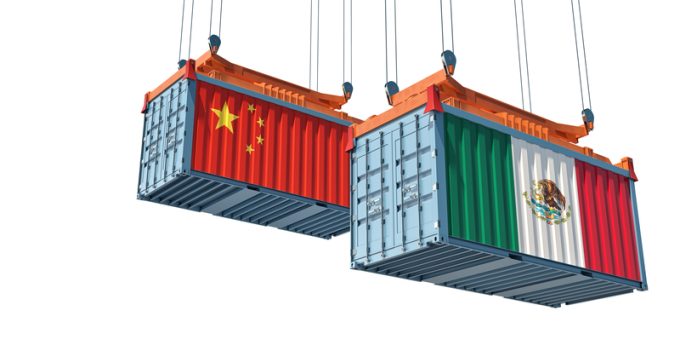Major box lines eye opportunities in India's coastal trades
More mega container lines are considering venturing into Indian coastal operations for domestic cargo movement, ...

Mexico’s logistics links are ramping up: box lines have launched direct transpacific services from Asia and a significant expansion of rail infrastructure has been sanctioned by the US administration.
Cosco has started a weekly service to Mexico that aims to “improve transit time for the wave ...

Comment on this article